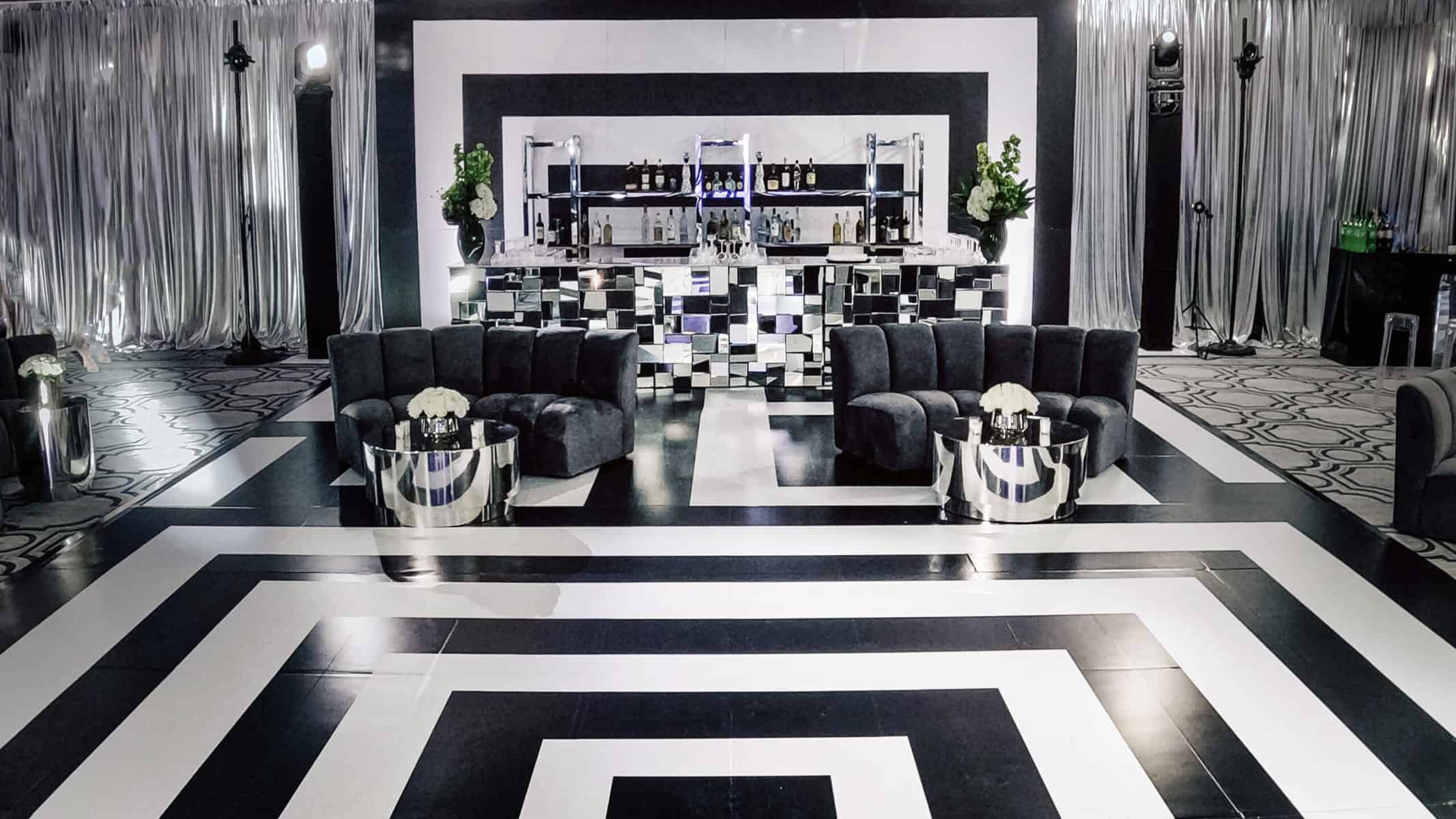Brightening Ingenuity With Color Principles in Illuminated Dance Surface Creations
Brightening Ingenuity With Color Principles in Illuminated Dance Surface Creations
Blog Article
Hue theory represents a crucial aspect of design, especially as it relates to creating LED dance surfaces. The interaction of colors can greatly affect the mood and energy of a venue. Through understanding how hues work together, designers can craft an ambiance that enhances the total encounter for participants. This article explores the basics of color theory and its application in light-emitting diode dancing floor designs.
The primary colors are red, blue, and yellow. These colors cannot be created by blending different hues combined. Intermediate hues, such as emerald, tangerine, and violet, are formed by combining primary colors. Tertiary colors are created by combining a main hue with a intermediate hue. Grasping these fundamental relationships helps designers select hues that enhance one another and produce a aesthetically pleasing show. Combining these colors on an LED dance floor can lead to dynamic and stimulating outcomes that attract the focus of participants.
Color value also plays a crucial role in design. Hues can be classified as hot or cool. Hot colors, such as red, orange, and golden, often to elicit feelings of excitement and warmth. In opposition, chill hues like blue, green, and purple typically generate a serene and tranquil atmosphere. Designers can click use these hue values to establish the mood for different kinds of occasions. For instance, a celebration environment may benefit from warm colors that invigorate the audience, while a more relaxed occasion might employ chill hues to offer a calming effect.
In furthermore to hue pairings and value, brightness dance floor rental for interactive experiences and saturation are vital factors to take into account. Brightness refers to how bright or dark a color appears, while intensity indicates the intensity of a color. Bright, intense hues can create a vibrant and lively atmosphere, ideal for dance floors. On the contrary hand, gentler, less saturated hues can create a more muted environment. By manipulating luminosity and intensity, designers can draw focus to specific areas of the dancing surface or create visual routes, guiding dancers through the space.
Finally, it is essential to take into account the psychological effects of hue in light-emitting diode dance floor layouts. Different hues can elicit various emotions and reactions. For example, crimson is frequently associated with passion and energy, while azure can be soothing and peaceful. Understanding these connections enables designers to strategically use hues to affect the behavior of participants. Through integrating color theory into light-emitting diode dancing surface designs, creators can improve the total experience, making it unforgettable and pleasurable for all involved.